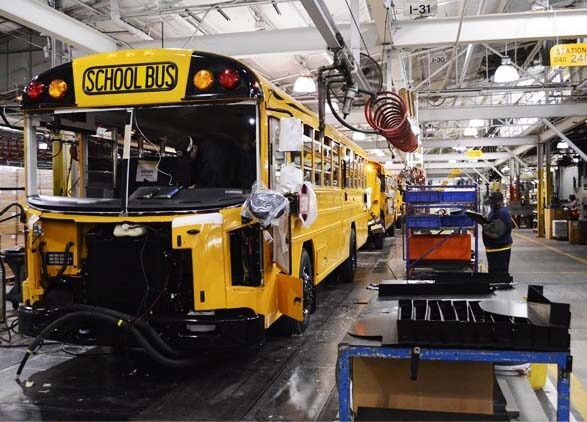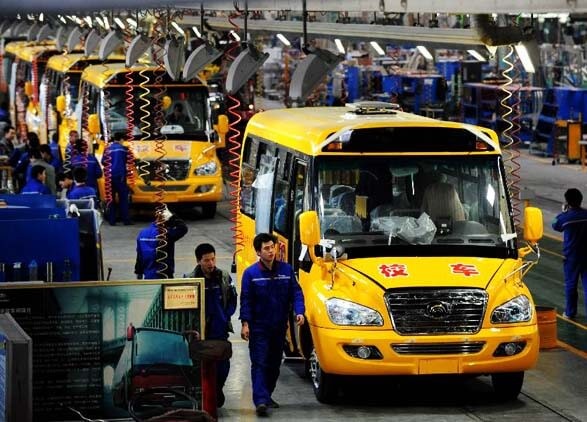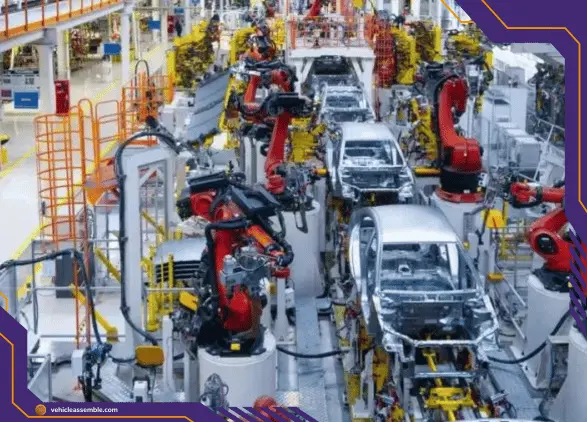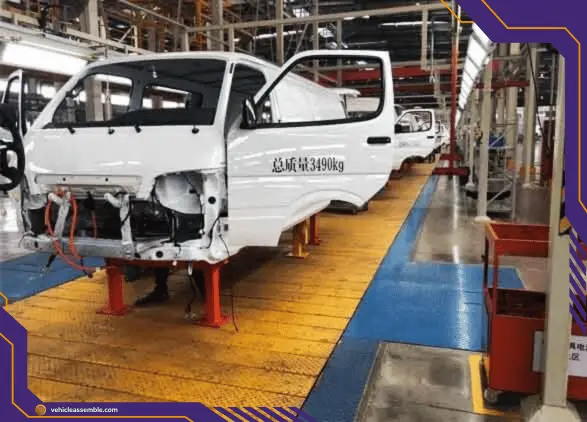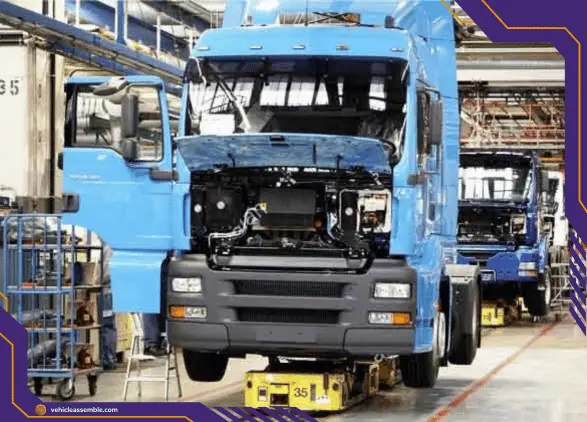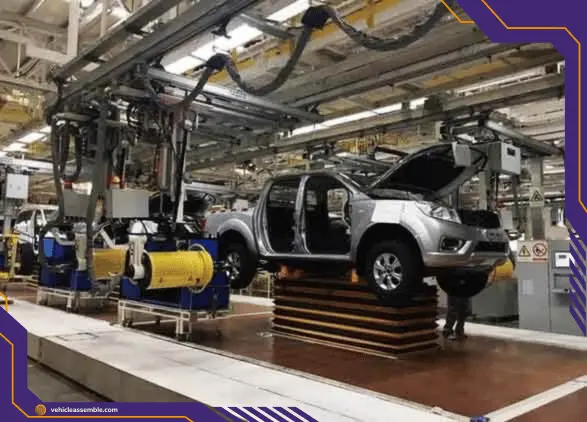Description
School Bus Assembly Line: A Deep Dive into Modern Manufacturing
Delve into the School Bus Assembly Line world and learn how these massive vehicles are brought to life in a symphony of engineering precision.
Introduction
School buses have always been a staple of our communities, from the familiar yellow exterior to the distinctive stop signs. But have you ever stopped to think about the intricate processes and innovations behind the scenes in the School Bus Assembly Line? We're about to peel back the curtain on this marvel of engineering, and by the end of this article, you'll be as fascinated by the assembly line as you are by the finished product.
School Bus Assembly Line [Car assembly line related]
Images of Henry Ford's groundbreaking techniques might come to mind when considering car assembly lines. Yet, the school bus assembly line is a different beast. It requires special consideration due to a school bus's unique structure and safety features.
1. Pre-Assembly Planning
Before any actual assembly begins, extensive planning is done. This involves:
Material Sourcing: Procuring high-quality materials ensures longevity and safety.
Design Blueprints: Detailed designs that account for every screw and bolt.
Safety Protocols: Implementing procedures to guarantee the safety of the assembly workers and the eventual bus occupants.
2. Chassis Construction
The chassis, essentially the skeleton of the bus, is the foundation upon which everything else is built.
Robotic Precision: Modern assembly lines use robots to ensure precision.
Human Oversight: Even with automation, engineers ensure everything is up to standard.
Testing: The chassis undergoes rigorous tests to ensure durability.
3. Body Attachments
Once the chassis is ready, it's time to attach the body.
Metal Sheet Molding: Metal sheets are molded using heavy machinery to form the bus's distinctive shape.
Welding Wonders: Sections are welded together, offering strength and stability.
Safety First: Extra reinforcements, especially around the windows, are added to ensure safety.
4. Interior Installation
After the exterior, it's time to focus on the inside.
Seating Arrangements: Seats are methodically spaced to maximize capacity while maintaining comfort.
Safety Features: Added seat belts, fire extinguishers, and emergency exits.
Tech Integration: From GPS systems to cameras, modern tech is integrated for additional safety and convenience.
5. Paint and Polish
A school bus isn't complete without its iconic yellow paint.
Priming the Surface: The bus is primed to ensure paint adhesion before painting.
Painting: Multiple coats are applied to achieve the perfect shade of yellow.
Final Touches: Logos, numbers, and other details are added last.
6. Quality Assurance and Testing
Before a bus hits the road, it must be rigorously tested.
Safety Checks: Everything from brakes to lights is tested.
Drive Tests: The bus is driven under various conditions to ensure reliability.
Final Inspections: A final once-over is given before the bus is ready.
7. Challenges in Modern Assembly
No process is without its challenges, and the school bus assembly line is no exception.
Adapting to New Technologies: As tech evolves, so must the assembly line.
Balancing Efficiency and Quality: Speed is crucial, but not at the expense of quality.
Environmental Concerns: With growing awareness, eco-friendly measures are becoming vital.
8. Future of School Bus Assembly
The future is exciting with advancements in technology and shifts in societal needs.
Electric Buses: A cleaner alternative to traditional fuel.
Self-Driving Buses: While still a ways off, the potential is there.
Innovative Safety Features: Expect to see even safer buses as technology evolves.
FAQs
What makes the school bus assembly line different from regular car assembly lines?
The main difference lies in the size, structure, and safety requirements of a school bus compared to regular cars.
How long does it typically take to assemble a school bus from start to finish?
It varies based on the model and features, but it can take 4-6 weeks on average.
Why are school buses always painted yellow?
The distinctive yellow color, "school bus yellow," is easily recognizable and provides maximum visibility during dawn and dusk, ensuring children's safety.
What are the most crucial safety features of a school bus?
Some key safety features include reinforced sides, escape hatches, fire extinguishers, seat belts, and modern techs like cameras and GPS systems.
Is there a move towards electric school buses?
Electric school buses are becoming more prevalent with the push towards greener alternatives.
How are assembly line workers trained for their roles?
Training involves a combination of hands-on experience, supervision, and regular safety and skill-enhancing workshops.
Conclusion
The School Bus Assembly Line [Car assembly line related] is a testament to the marvels of modern engineering and the dedication to ensuring safety at every turn. Each bus that rolls off the assembly line represents countless hours of meticulous planning, precision, and rigorous testing. The next time a yellow school bus rolls by, you'll appreciate the incredible journey it has undertaken before hitting the roads.


